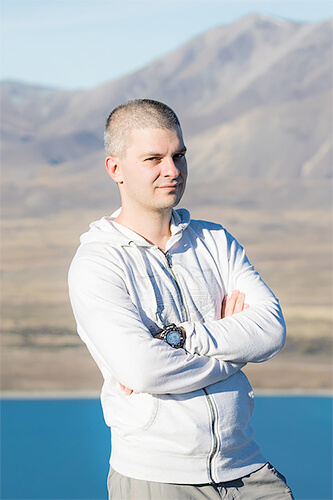Anton Gorlin is a landscape and real estate photographer, who tries to capture the essence of the moment and beauty of shapes and forms.
Originally from Ukraine, he now lives and works in Gold Coast, Australia. Anton enjoys the beauty of Australian nature and does several trips a year to keep his portfolio growing. Prints of his photos landed in Ukraine, Russia, Germany, Australia, USA and other countries. Anton's works have been published in various magazines and newspapers internationally.
Photography for Anton started off as a hobby when he was sent to Australia for the first time for business. He got a compact camera and became involved instantly. After a short course to get into the techie stuff, he bought his first DSLR Nikon D80 and it served him well for years - until it got drowned in the ocean.
Anton is mostly self-taught. After that short initial course, he gained 99% of his knowledge through the internet, articles and later digital editing course by Sean Bagshaw. Editing was always harder to master and Sean's course appeared to be a game changer for him.
Anton has been freelancing since 2011 as a real estate photographer and in 2018 he's started growing his business, getting more clients and getting more involved in the real estate photography.
Anton runs a photography blog with educational guides and tutorials and some free 4K wallpapers for download. He also performs landscape photography workshops in Gold Coast, Australia and editing lessons both online and offline.
